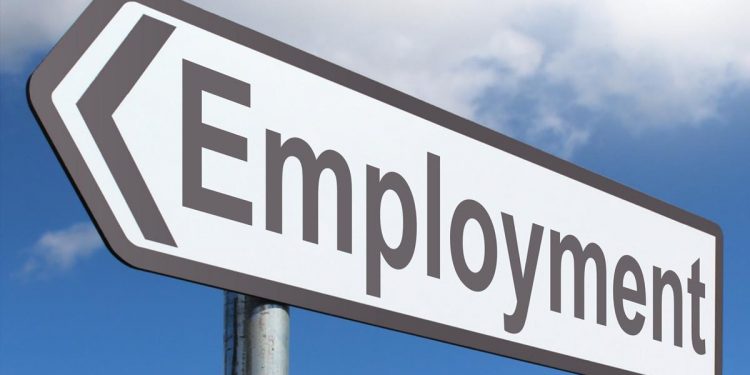Berlin: The number of people employed in Germany in 2022 was a record 45.6 million, up 1.3 per cent year-on-year, according to provisional figures published by the Federal Statistical Office (Destatis).
The service sector in Europe’s largest economy alone accounted for 34.3 million employees. Growing at 1.6 per cent year-on-year in 2022, almost all job growth took place there, Xinhua news agency reported, citing the figures.
The immigration of foreign workers and the increased participation of the domestic population enabled Germany’s workforce to grow. The dampening effects of demographic change on the labour market were “more than offset”, Destatis noted.
Driven by the demographic effects of an aging population, the shortage of skilled workers in Germany has been increasing for years. In mid-2022, the country’s economy was lacking more than half a million skilled workers on an annual average, according to the German Economic Institute (IW).
“When my generation, the boomer generation, retires, it really creates a problem,” Saskia Esken, party co-leader of Chancellor Olaf Scholz’s Social Democratic Party (SPD), said last week. “That’s why we must increase immigration — and make sure that integration succeeds.”
Without immigration and rising labor force participation rates, the shortage of skilled labor in Germany would be as high as seven million by 2035, according to a recent study by the Nuremberg-based Institute for Employment Research (IAB).
In addition to a positive immigration balance and higher labor force participation rates, “it will also be important for the birth rate to rise in the coming years in order to stabilise the labor force potential in the long term beyond 2035,” the IAB said.
To attract more international workers from abroad, the German government decided to lower income thresholds for the Blue Card required for work migration. In addition, a so-called opportunity card for people with high potential is to be introduced and asylum procedures are to be accelerated.






































